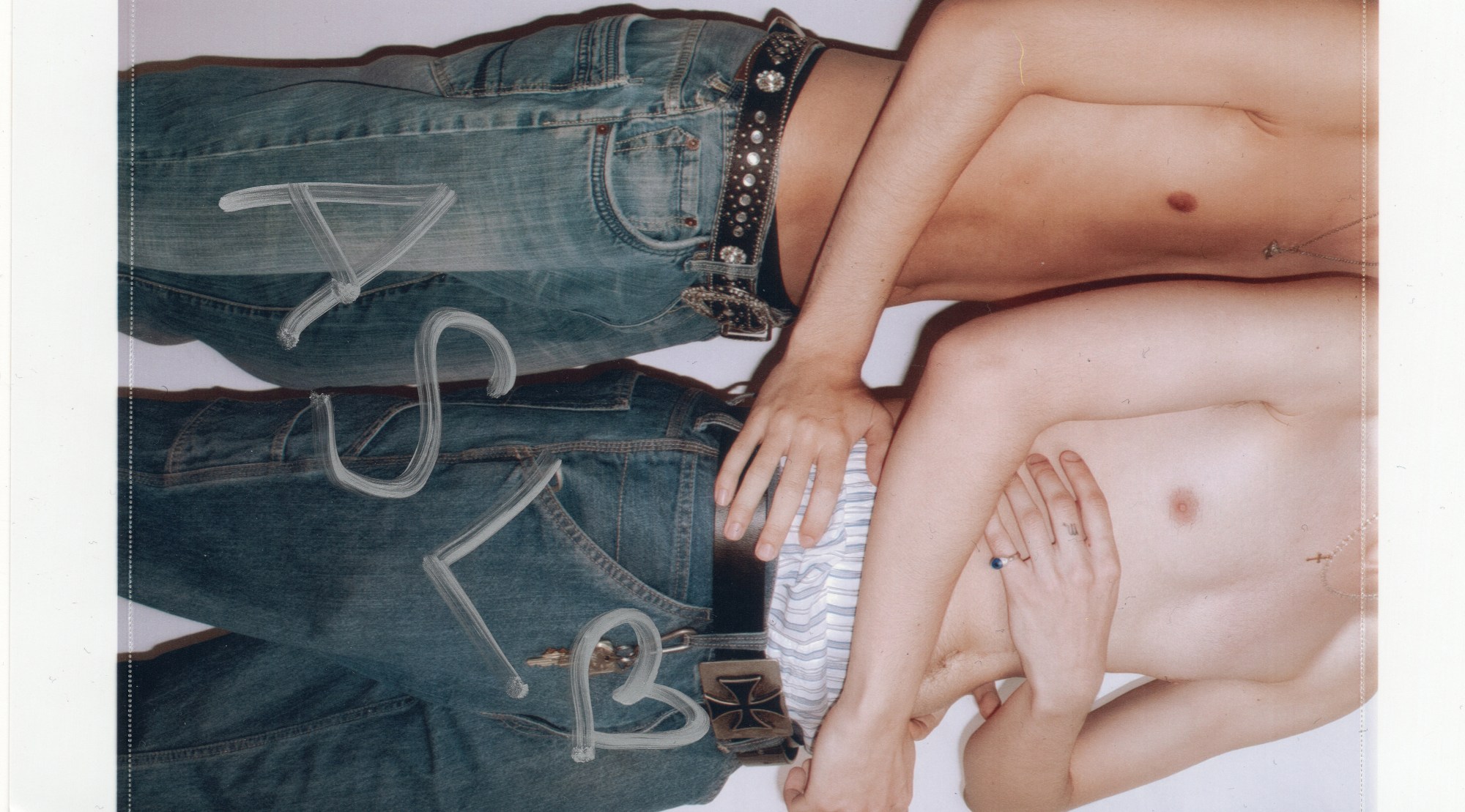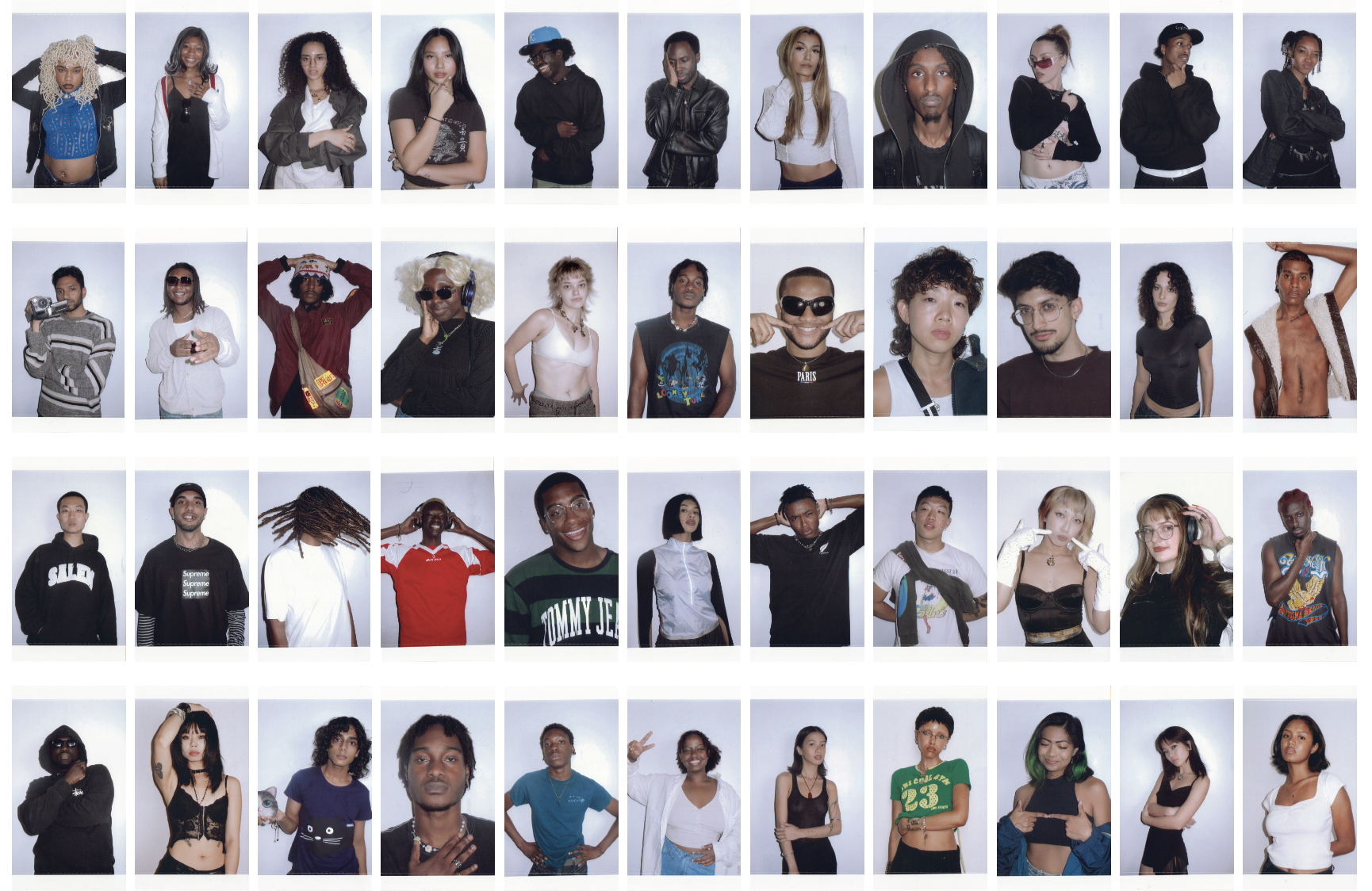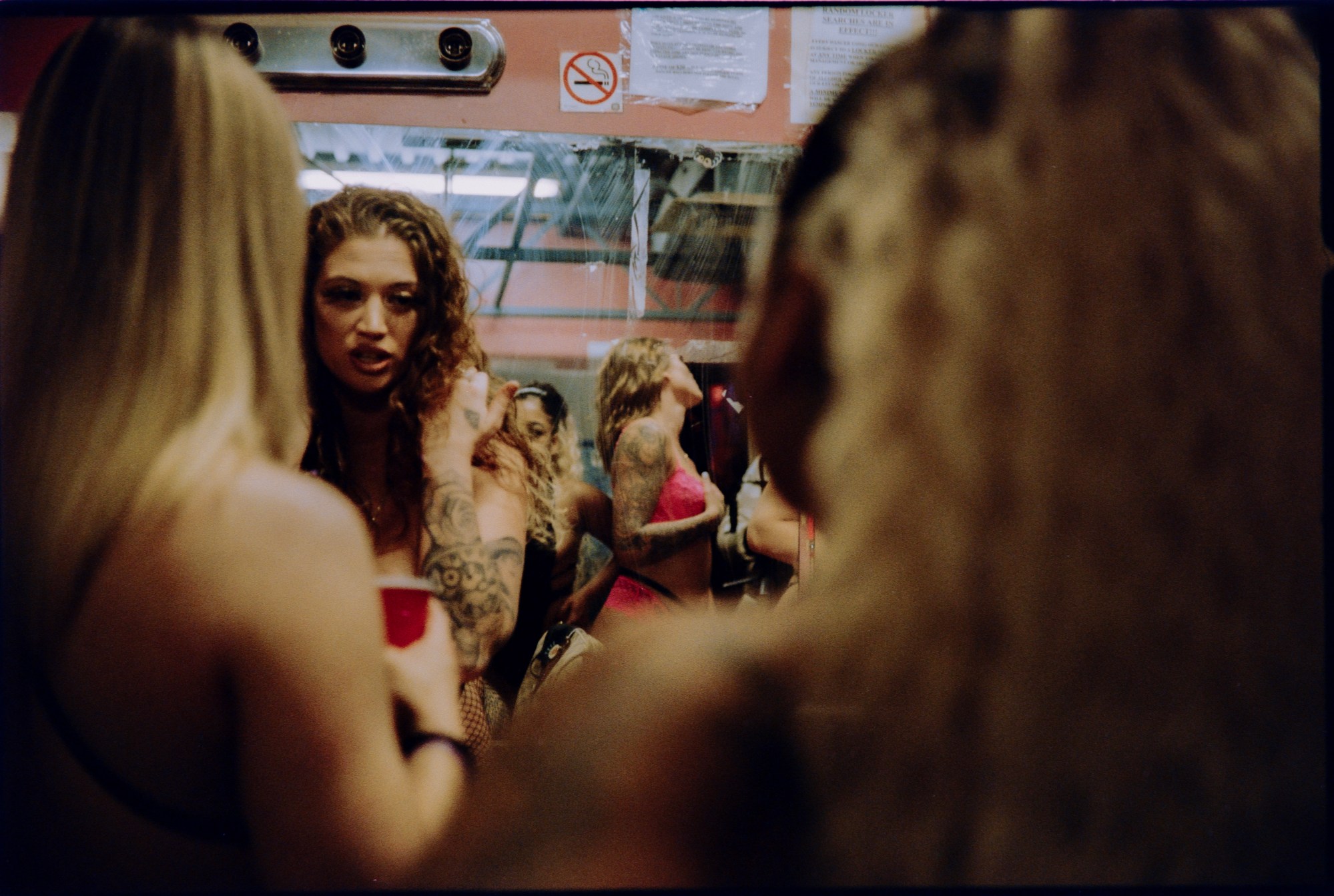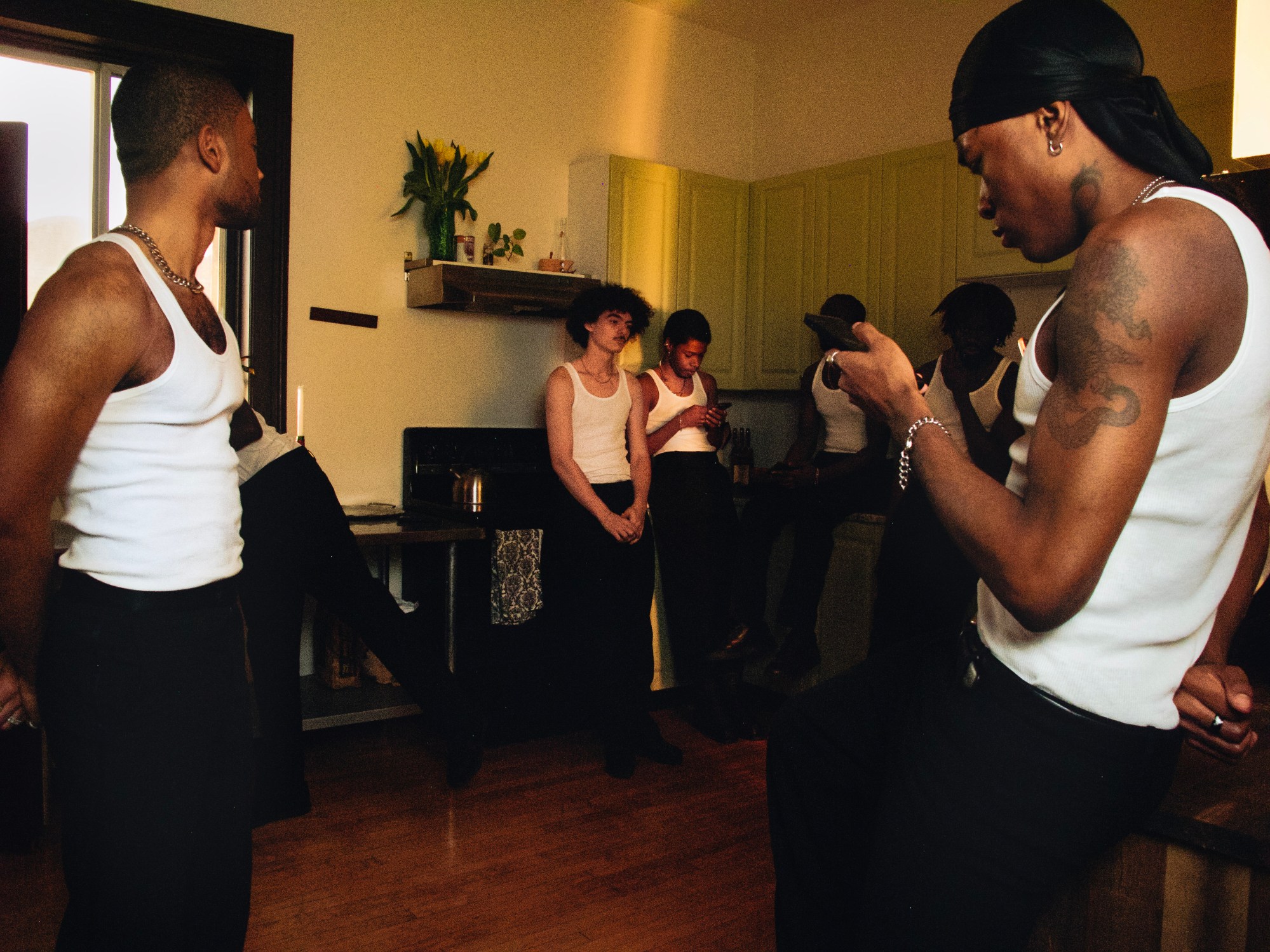More often than not, we frame social media negatively, probably because of all the hours we waste on it. We let chunks of our days be absorbed by Instagram feeds, Twitter threads or an onslaught of TikTok videos, often from the moment we wake up. They become sources of disconnect. But, sometimes, on these hour-long mindless deep dives, it can be possible to come across projects and people to connect with. The photographer Saem did this in the making of his new book, Age, Sex, Location (ASL).
ASL features portraits of young individuals from different backgrounds and cities: among them, a girl wearing a Brazil football jersey splayed out on a chair in Toronto, a boy with a palm tree tattoo lighting a cigarette in Los Angeles, a girl standing in a doorframe in Montreal. All of them are part of Saem’s community, connected by a common thread: the Internet.

“I felt I was part of the communities on Twitter and Instagram,” Saem says. “I was meeting a lot of people who were into fashion, film or music online, and maybe we’d discuss these things and we’d go back and forth.” That’s how he met Justen, a mutual friend on Instagram and one of the people he photographs for the book. “I liked his content so I started interacting with it, liking and commenting, and he started doing the same. It kind of became a tennis game of back-and-forth compliments.” In his close-up of Justen in LA, Saem photographed wearing a simple white tank top. “We shot on the first day we met, but half of it was spent talking about nothing and everything all at once. We just wanted to get to know each other, to see how we connected in real life in comparison to the digital world.” While for Saem certain relationships may have been born out of the Internet, ASL becomes his way of showcasing how they can go beyond their digital barriers, solidified in the real world.

In some of Saem’s portraits, faces are covered or out of frame, forcing us to focus on other markers of their individuality. A tattoo of two eyes on shoulders; star-studded platform heels on feet; a long pearl chain wrapped around a neck. These details make it easy to imagine the personalities of those within Saem’s community beyond the fixed frames of the photographs. “Because I already interacted with some of them online first, taking their photographs just made sense,” Saem says. The portraits feel more honest than the ones we put of ourselves online, where many of us may still use a photograph from five years ago as a profile photo, or use one that doesn’t recall our likeness. “I wasn’t faking it and they weren’t faking it. It felt very natural, honest and true.”

Saem captures each individual in their most comfortable environments, spaces where their individuality stands out the most, and where ultimately — whether inside or outside; whether in LA, Berlin or Montreal — the setting doesn’t really matter. “A place we see on the Internet could be here but it could also be somewhere else,” Saem says. None of Saem’s photographs give enough details to know in which exact city they were taken. “That’s the beauty of the Internet: we’re able to connect with certain things worldwide without even knowing exactly where they may be,” Saem says.

Age, Sex, Location begins and ends in the same way, with rows of small scanned photographs. Saem displays their front in the first pages of the book, individual portraits taken in the same format with the same white background. “These are the people that you’d easily meet anywhere you go, whether online, at a coffee shop, across the street or on a plane,” Saem says. The straight up portraits recall those used for model castings or professional headshots. “I told people to come as they are,” Saem says. Some pose seriously and look straight into the camera lens, while others smile and look away. “Even though we do have similarities, no one looks the same, dresses the same or acts the same.” At the end, Saem reveals the back of the printed portraits, with each individual’s handwritten note stating their age, sex, and location—the three basic characteristics of an individual that we usually can find instantly online, giving the book its name.
‘Age, Sex, Location’ was created in collaboration between Saem, Eric Chen & Anita Joh. Order here.








Credits
All images courtesy of Saem
